
The history of fashion hides many objects that raise questions among contemporaries. One of such accessories, which faithful wives and widows could not do without, is a phlegm, a lacrimator, or a bottle for tears.
The name of this wonderful decoration comes from the Latin word "lacrima", which means "tears". And, of course, it is not by chance, because this accessory is designed specifically for storing tears.
The lacrimatorium was used in the ancient world. Wives of soldiers who were forced to leave their families used silkworms as symbols of memory and expectation. However, a miniature glass or bottle was not only a practical capacity for storing tears, but also an extraordinary decoration.
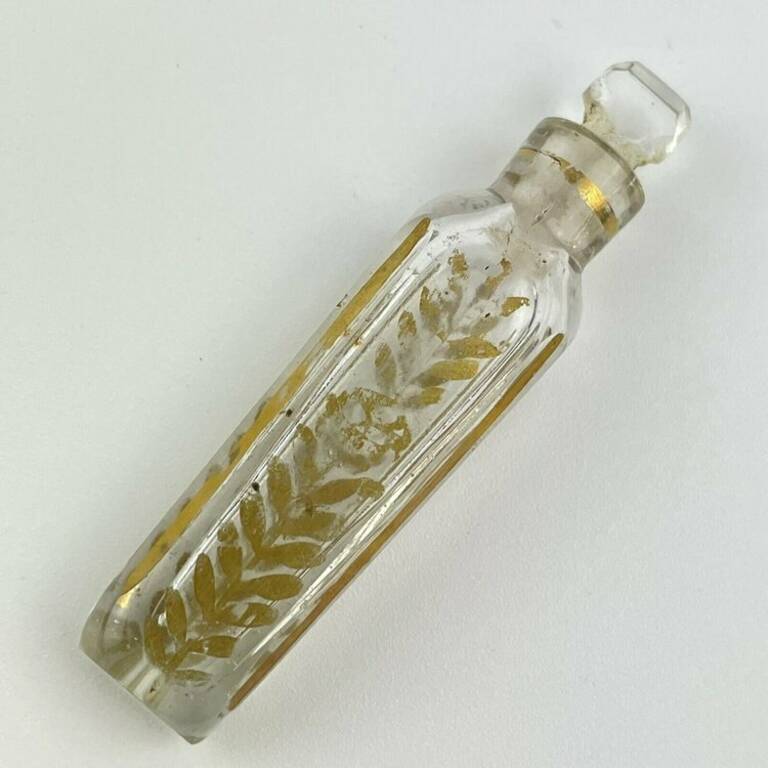
Photo source: wheelerantiques.co.uk
In the Victorian era, when the expression of emotions and feelings was often hidden, the lacrimatorium took on a new appearance and new meanings. He became a symbol of sadness and grief. Women wore these elegant ornaments in memory of their deceased husband or a relative. Vials for tears during this period were often made of precious metals and decorated in various ways - carvings, inlays with precious stones, pearls, etc.
The peak of popularity of this accessory came during the reign of the English Queen Victoria. After the death of her husband, this powerful woman turned grief into art. They even published "booklets" devoted to mourning fashion, rules and symbols. Lacrimal was one of them.

Photo source: wheelerantiques.co.uk
The last time these capacities were discussed was during the Civil War in the USA, that is 1861-1865. Wives of soldiers seriously collected their tears in glass "tubes" as evidence of longing and waiting for their beloved husband and showed it to his family, and then to him after returning from the battlefield.
In appearance, these were small bottles, microjugs, minivials that had a narrow, elongated upper part. It was this part that collected tears - just from the eyelids. Lacrimatoria had a hole in the lid through which the tears evaporated, and a mark on the body indicating the extent at which mourning or mourning could be stopped.
The lacrimal gland, or lacrimator, occupies a special place in history as a symbol of strength, memory and elegance. From ancient times to the Victorian era, it remained not only a stylish accessory, but also a kind of emotional connection with the past.

Photo source: wheelerantiques.co.uk
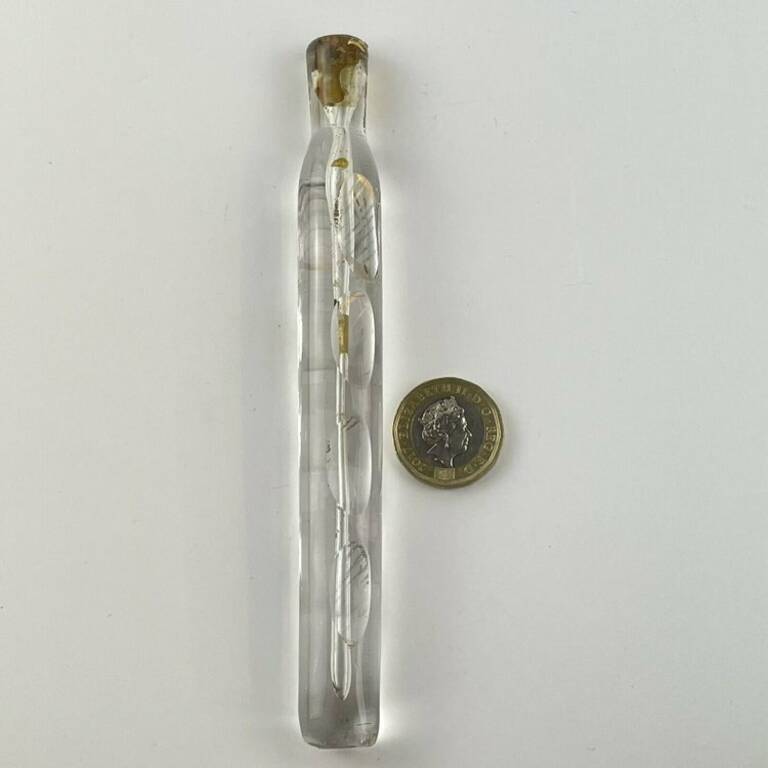
Photo source: wheelerantiques.co.uk
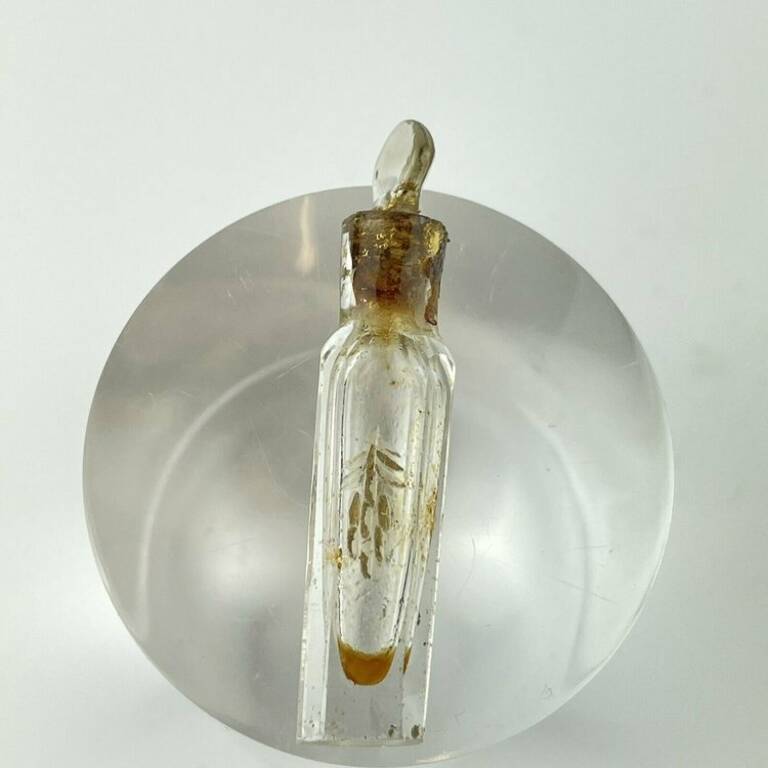
Photo source: wheelerantiques.co.uk
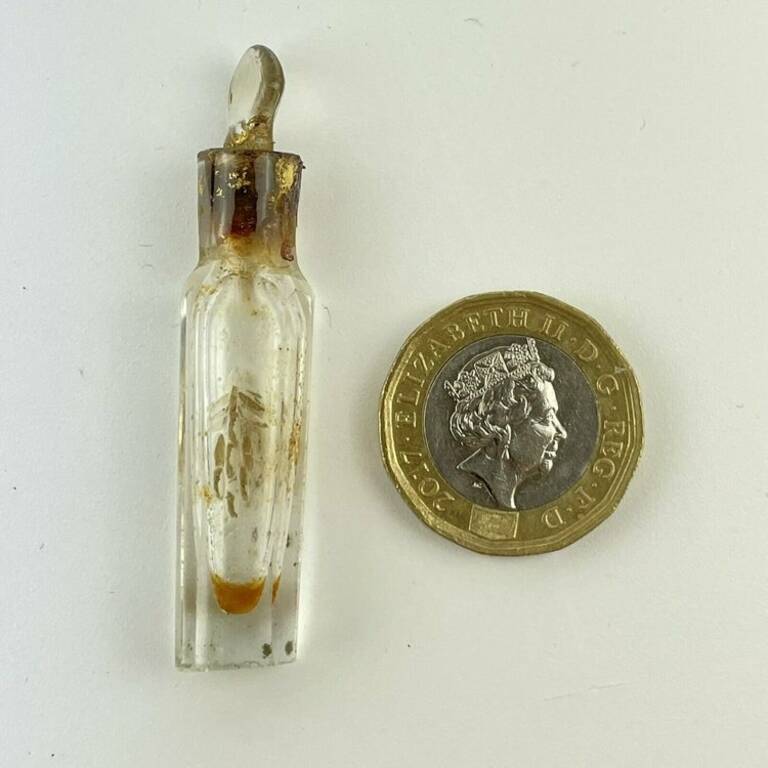
Photo source: wheelerantiques.co.uk
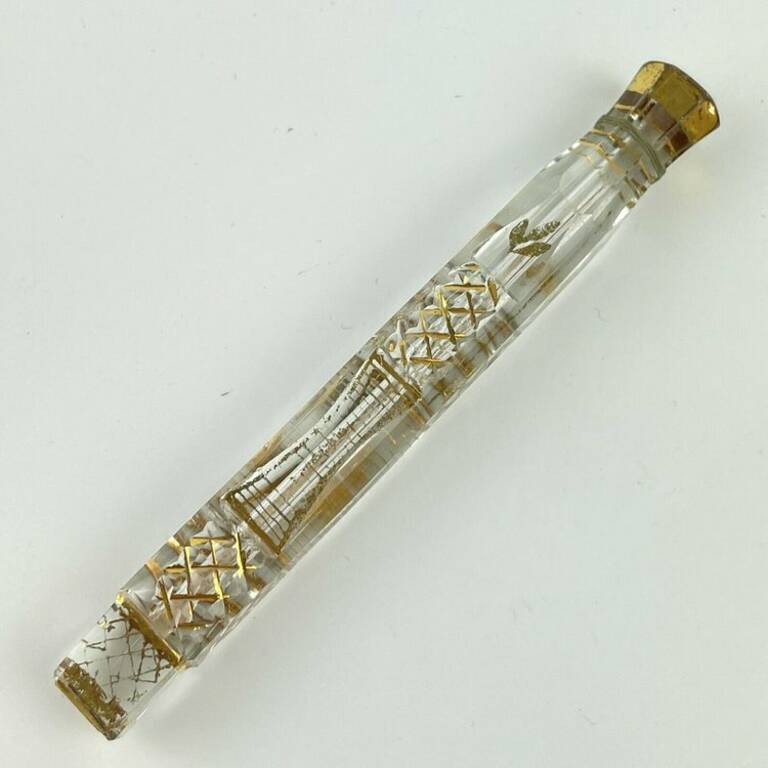
Photo source: wheelerantiques.co.uk

Photo source: wheelerantiques.co.uk
